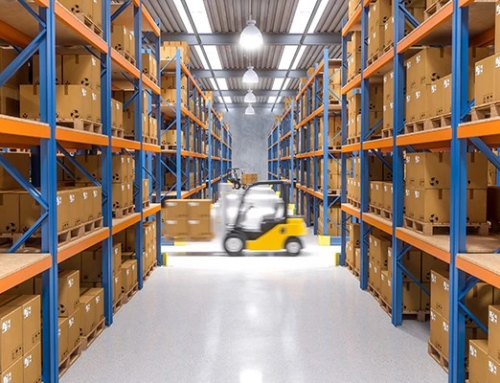In a time when speed, efficiency, and flexibility are critical to business success, companies are rethinking where and how they distribute goods. Savannah, Georgia has emerged as one of the most strategic locations in the U.S. for logistics and warehousing. Whether you’re a retailer, importer, manufacturer, or third-party logistics provider, warehousing in Savannah GA could be the key to your next phase of growth.
Thanks to its world-class port, well-connected infrastructure, affordable industrial real estate, and logistics-friendly business environment, Savannah is now considered a top-tier Georgia supply chain hub.
1. Direct Access to the Port of Savannah
The Port of Savannah stands as a major competitive advantage for companies operating in the region. It’s the fastest-growing container port in the U.S., and it provides exceptional access to global markets.
Key Features:
-
Home to Garden City Terminal—the largest single-terminal container facility in the Western Hemisphere
-
Processes over 5 million TEUs annually
-
Ongoing expansion projects to increase capacity and efficiency
2. Robust Transportation Infrastructure
Savannah isn’t just a port city—it’s a logistics powerhouse with multimodal connectivity that enables fast, cost-effective delivery across the Southeast and beyond.
Infrastructure Highlights:
-
Direct access to I-95 and I-16, reaching major cities in hours
-
Class I rail services from CSX and Norfolk Southern
-
Proximity to Savannah/Hilton Head International Airport for time-sensitive air cargo
3. Affordable and Scalable Industrial Real Estate
As coastal cities like New York and Los Angeles experience sky-high warehouse rates, Savannah offers a more affordable and flexible alternative.
Real Estate Benefits:
-
A mix of speculative and build-to-suit Savannah warehouse space
-
Active development in Pooler, Rincon, and Effingham County
-
Lower operational costs, including utilities and lease rates
4. Logistics-Friendly Business Climate
Georgia is known for its pro-business policies, and Savannah continues to attract logistics investment with competitive tax incentives and support programs.
Business Incentives Include:
-
Job Tax Credits for new employment in logistics
-
Port Tax Credits for companies increasing import/export volume
-
Access to Georgia Quick Start, a #1-ranked workforce training initiative
5. Skilled Labor Force and Workforce Development
A growing logistics operation requires a reliable, trained workforce—and Savannah delivers on both.
Labor Force Advantages:
-
Workforce pipelines from Savannah Technical College and Georgia Southern University
-
High school career pathways for logistics and supply chain careers
-
Lower employee turnover and higher retention compared to other major markets
6. Growing Demand and Long-Term Viability
Savannah’s logistics and warehousing sector is showing no signs of slowing down. According to industry data:
-
Over 20 million square feet of new warehouse space has been added since 2020
-
High demand is being driven by e-commerce, automotive, retail, and manufacturing
-
Low vacancy rates reflect strong demand and limited supply
Conclusion: Is Savannah Right for Your Warehousing Strategy?
If your business is looking to scale warehousing or distribution operations in 2025, Savannah, Georgia offers unmatched value. From Port of Savannah distribution to affordable Savannah industrial real estate and a skilled labor market, it’s a location that supports both speed and scalability.
And O’Neill Logistics is already ahead of the curve.
We’ve invested in a state-of-the-art, Class A, 1-million-square-foot facility in Georgia, strategically positioned to serve fast-growing markets in the Southeast and beyond. Designed with high-velocity fulfillment and inventory flexibility in mind, our warehouse is equipped to meet the needs of modern logistics—from e-commerce to complex B2B distribution.
Ready to expand in one of the nation’s most dynamic logistics hubs?
Let O’Neill Logistics be your partner on the ground in Savannah. Contact us today to explore how our facility can support your supply chain goals in 2025 and beyond.









